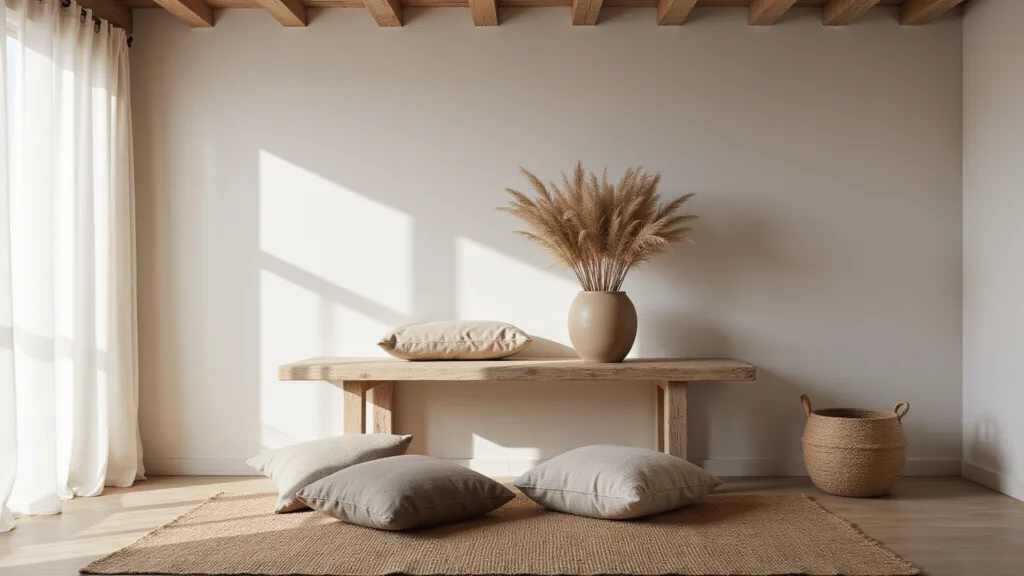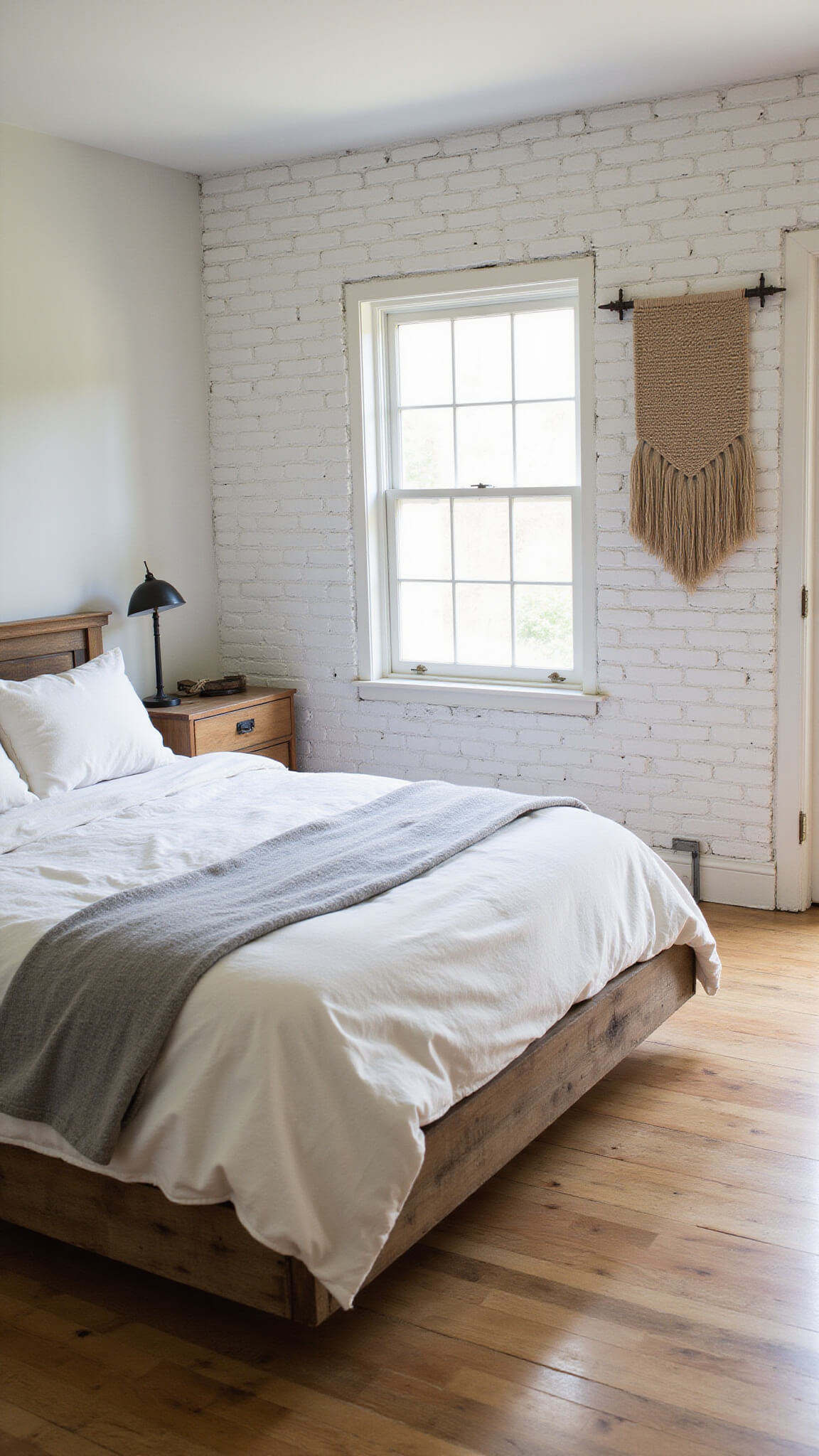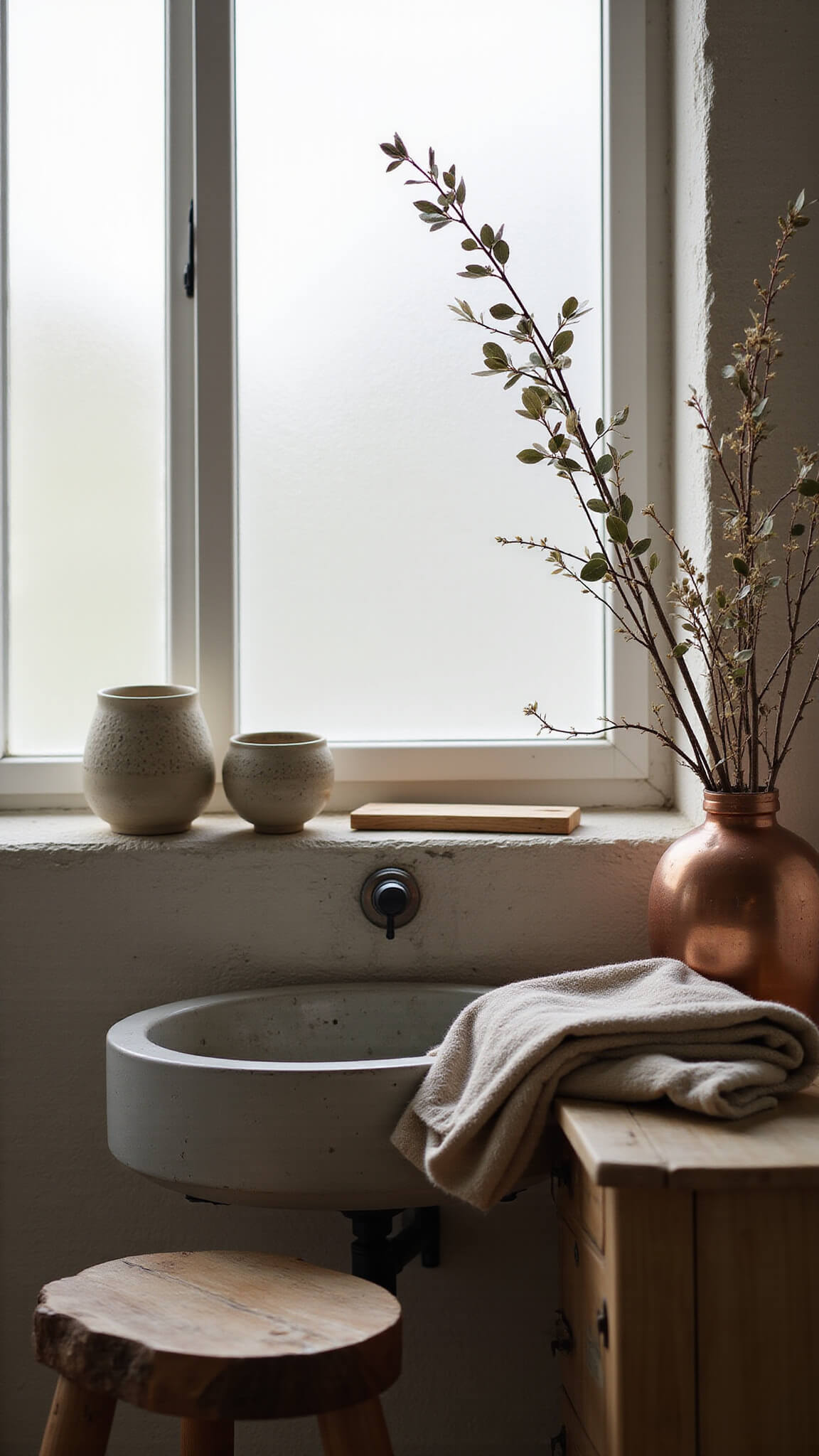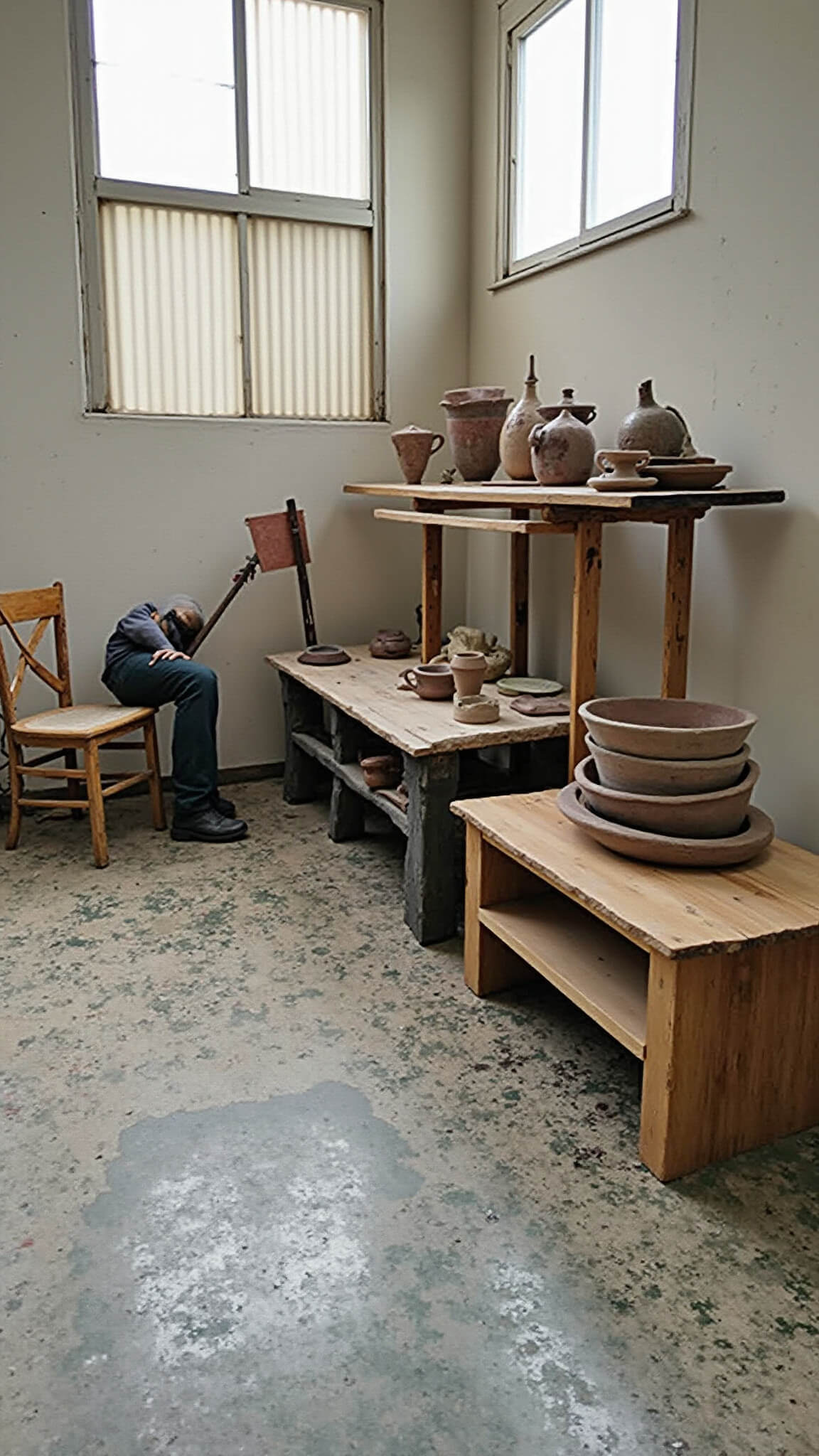Wabi Sabi Decor: Embracing Imperfection in Home Design
Wabi sabi decor transforms ordinary spaces into extraordinary sanctuaries of natural beauty and quiet elegance.
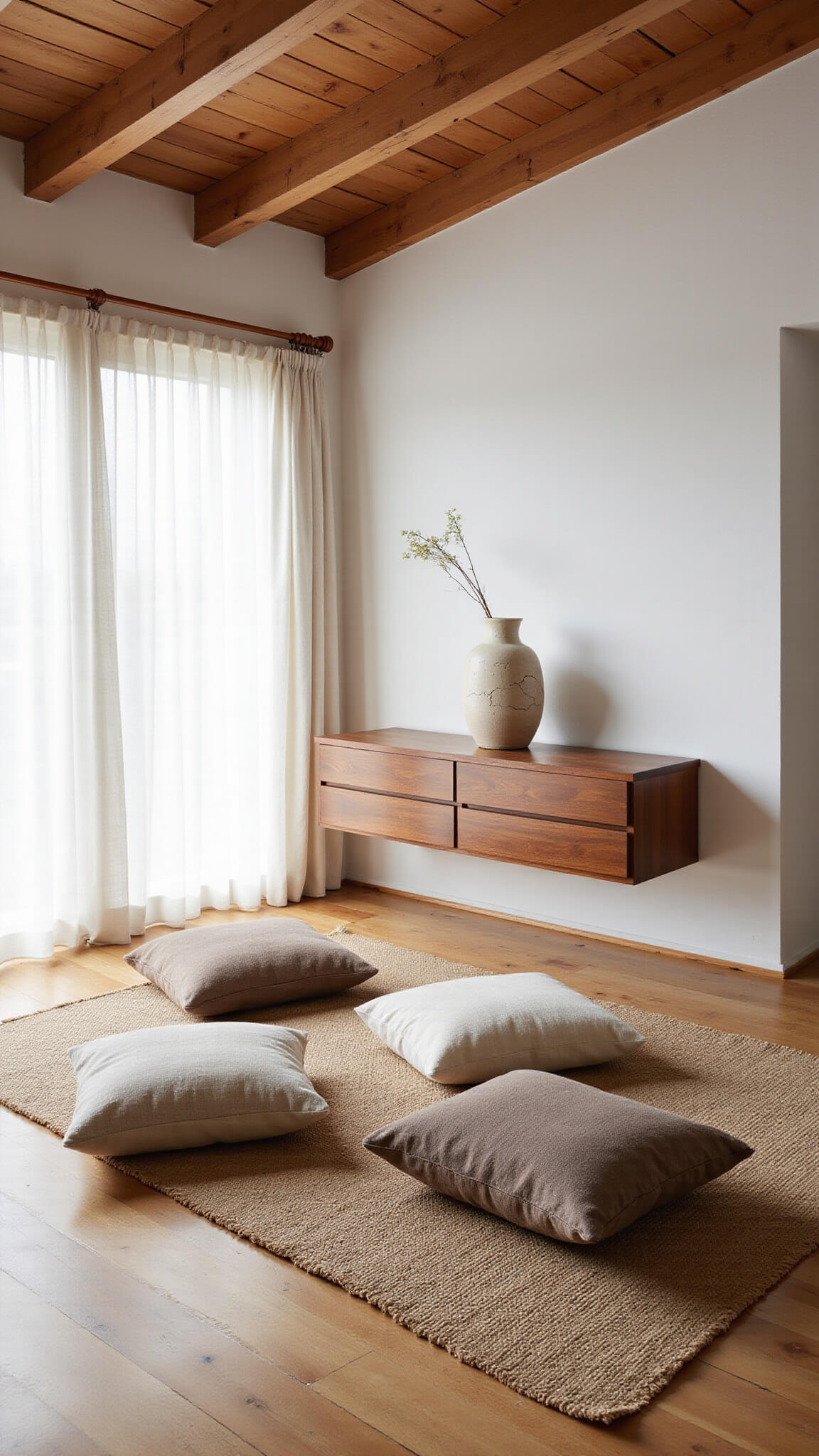
Why Wabi Sabi Matters in Modern Home Design
Have you ever walked into a room and felt an inexplicable sense of calm? That’s the magic of wabi sabi – a design philosophy that celebrates imperfection, simplicity, and the beauty of natural aging.
Quick Overview: What Makes Wabi Sabi Special
Key Characteristics:
- Celebrates natural imperfections
- Embraces aged and weathered objects
- Focuses on minimalist, organic aesthetics
- Connects deeply with nature’s inherent beauty
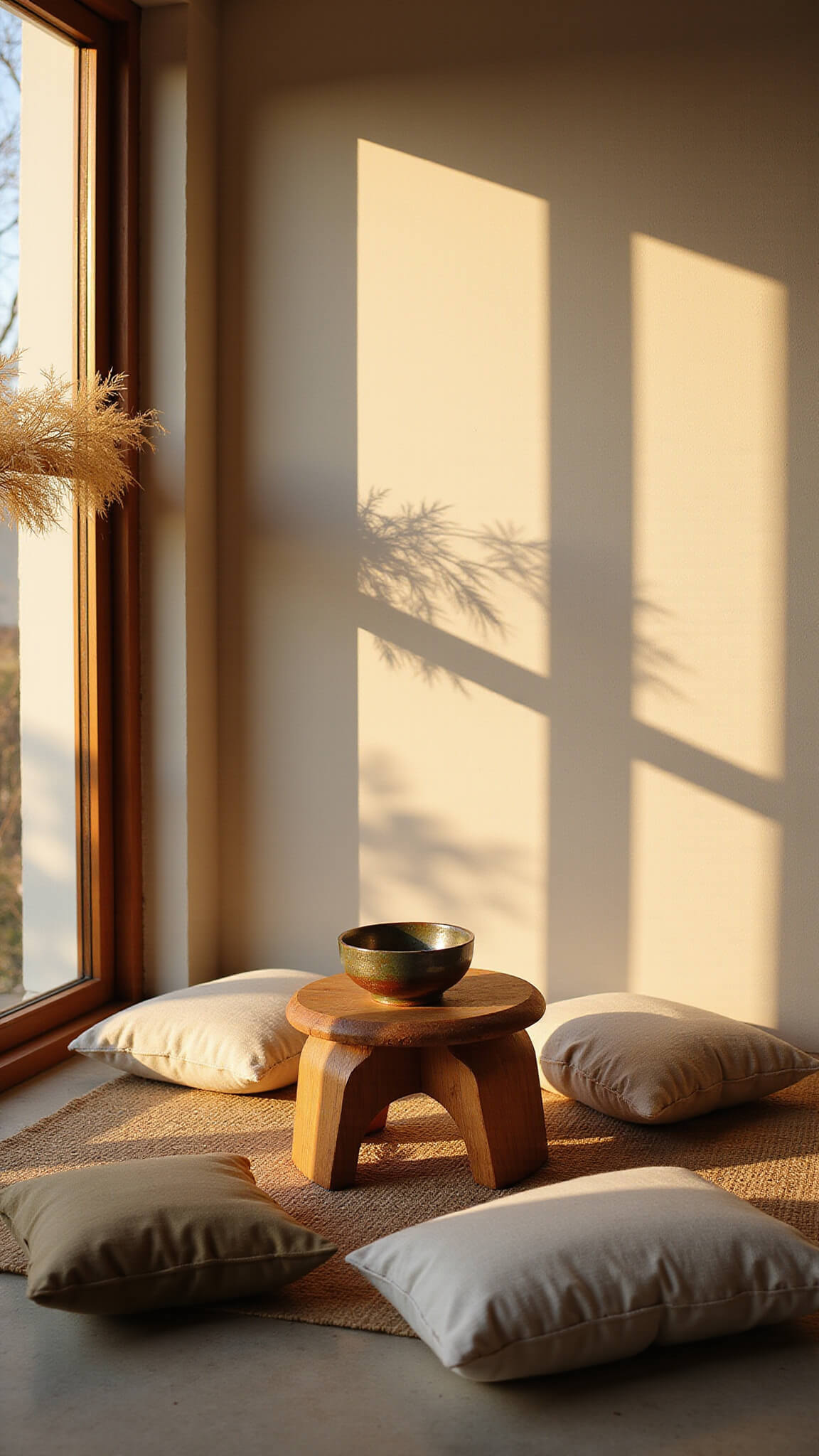
Essential Tools for Creating Your Wabi Sabi Space
Photography Gear
- Camera Options:
- High-quality smartphone camera
- Entry-level DSLR with good low-light performance
- Mirrorless camera with natural tone capabilities
Styling Essentials
- Textural Elements:
- Natural fabrics (linen, cotton)
- Handcrafted ceramics
- Weathered wooden pieces
- Stone or clay accessories
Color Palette: The Wabi Sabi Spectrum
Recommended Colors:
- Soft grays
- Warm browns
- Muted beiges
- Gentle whites
- Subdued earth tones
Creating Your Wabi Sabi Scene: Step-by-Step Guide
1. Space Preparation
- Clear unnecessary clutter
- Focus on negative space
- Select a neutral, textured background
2. Prop Selection
Must-Have Elements:
- One focal point piece (aged pottery, driftwood)
- Natural texture elements
- Minimalist supporting accessories
- Organic touches like dried branches or stones
3. Styling Techniques
- Composition Rules:
- Asymmetrical arrangements
- Embrace empty spaces
- Layer textures subtly
- Avoid perfection
4. Lighting Secrets
- Prefer natural, soft light
- Shoot during golden hours (early morning/late afternoon)
- Use diffused window light
- Avoid harsh artificial lighting
Photography Tips for Capturing Wabi Sabi Essence
Camera Settings:
- Low ISO (100-400)
- Soft focus
- Natural color balance
- Emphasize texture over sharp details
Common Mistakes to Avoid
Don’t:
- Over-style your scene
- Use bright, artificial colors
- Create symmetrical arrangements
- Force perfection
Seasonal Adaptation
Wabi Sabi Variations:
- Spring: Incorporate fresh, delicate branches
- Autumn: Use fallen leaves, muted oranges
- Winter: Highlight stark, minimalist elements
- Summer: Soft, bleached natural tones
Budget-Friendly Wabi Sabi Transformation
Cost-Effective Strategies:
- Repurpose old furniture
- Collect natural objects from outdoors
- Shop at thrift stores
- Use what you already own
Final Thoughts
Wabi sabi isn’t just a design style – it’s a perspective that finds beauty in impermanence and simplicity. By embracing natural imperfections, we create spaces that tell stories, breathe tranquility, and connect us deeply with the world around us.
Pro Tip: Remember, wabi sabi is about feeling, not just looking. Trust your intuition and let each piece speak to you.

